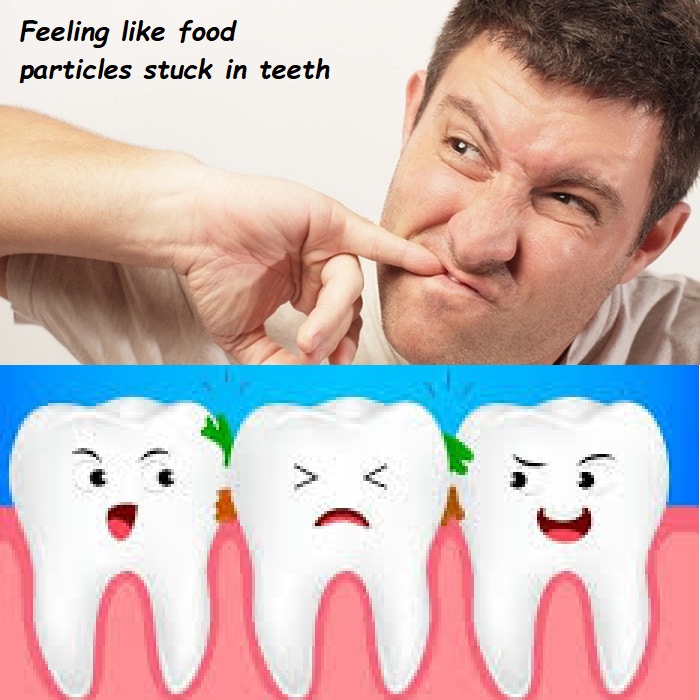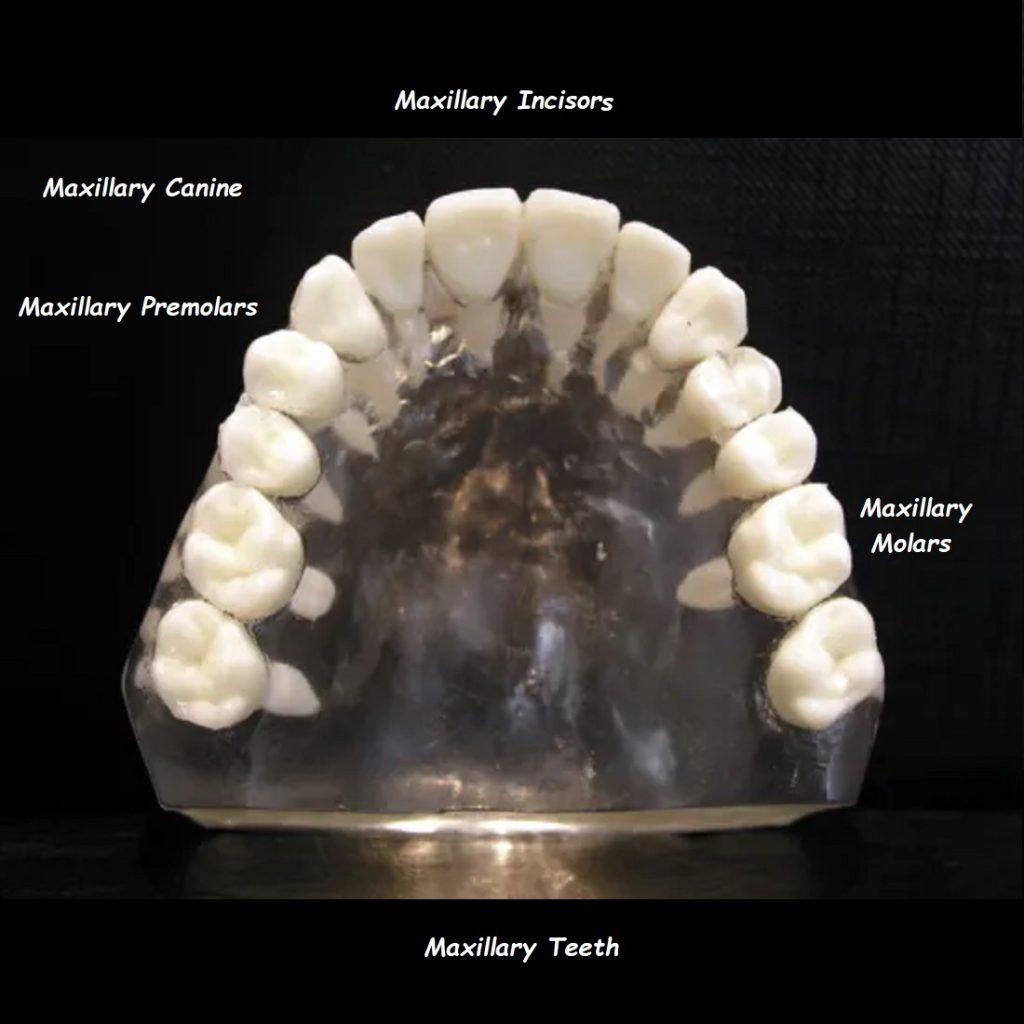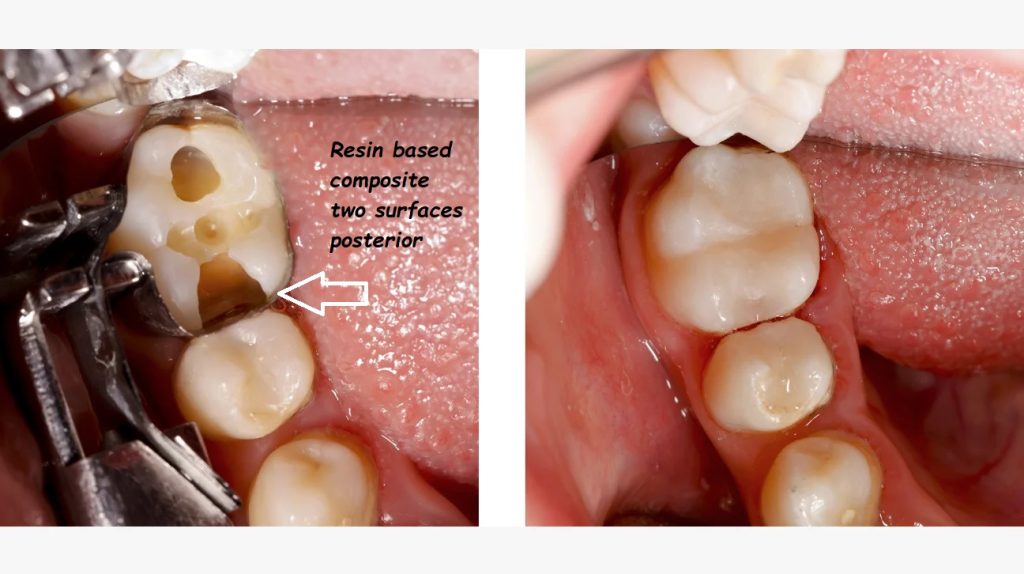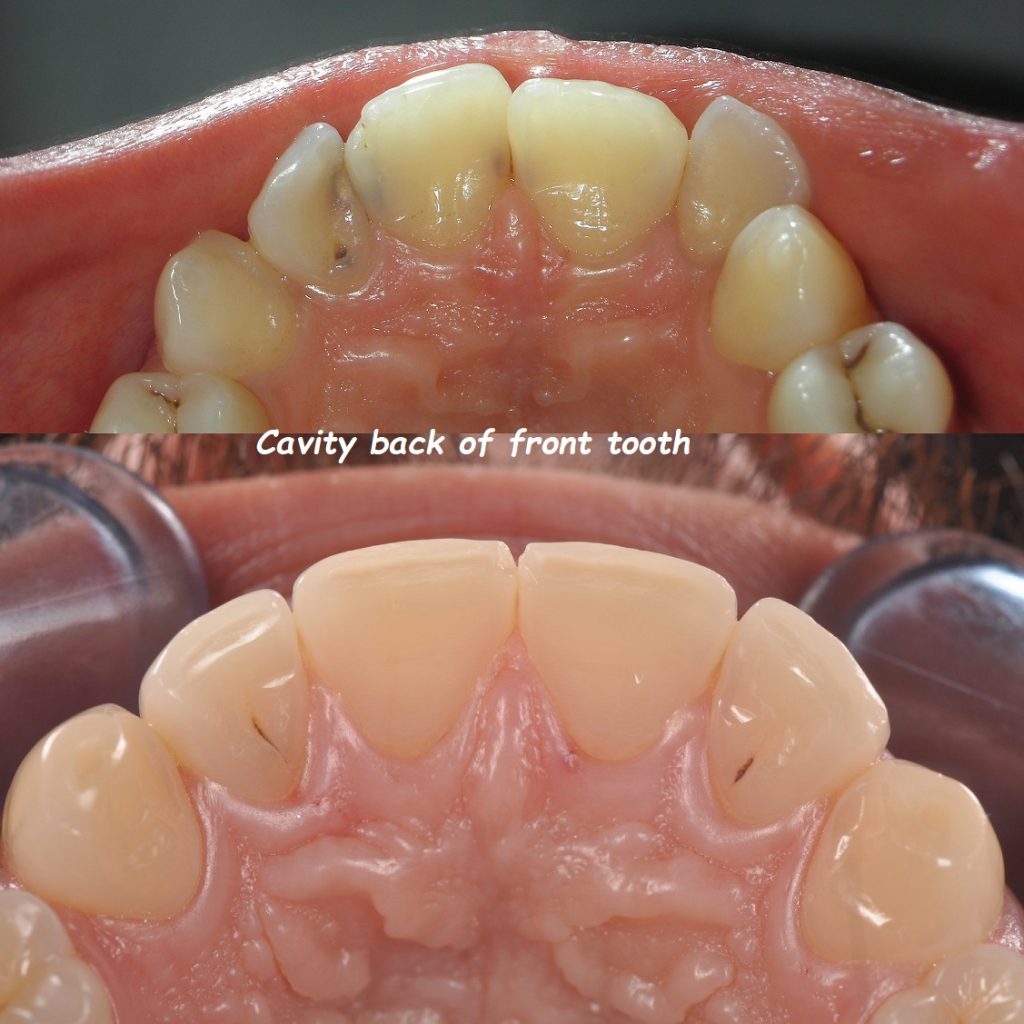dentin hypersensitivity medication
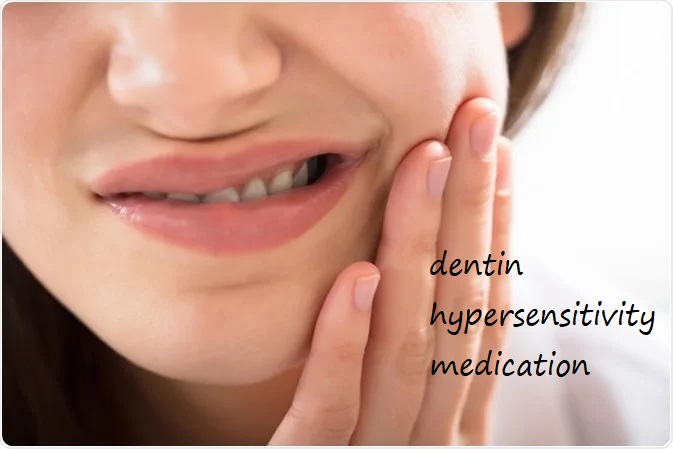
Understanding Dentin Hypersensitivity Medication: Causes, Treatments, and Advances
Dentin hypersensitivity is a common dental condition characterized by sharp, transient pain arising from exposed dentin in response to stimuli such as thermal, tactile, osmotic, chemical, or evaporative. Managing this condition often involves a combination of good oral hygiene practices and specialized dentin hypersensitivity medication. This comprehensive guide explores the causes, symptoms, and various treatments available, focusing on the role of dentin hypersensitivity medication in alleviating discomfort.
Understanding Dentin Hypersensitivity
Dentin hypersensitivity occurs when the dentin, the layer beneath the enamel, becomes exposed. This can happen due to several factors, including:
- Gum Recession: As gums recede, they expose the dentin.
- Enamel Erosion: Acidic foods, beverages, and improper brushing techniques can wear away the enamel.
- Tooth Wear: Bruxism (teeth grinding) or abrasive toothpastes can lead to dentin exposure.
- Dental Procedures: Certain treatments, like teeth whitening, can temporarily increase sensitivity.
Dentin contains microscopic tubules that lead to the tooth’s pulp, where nerves are located. When these tubules are exposed, stimuli can travel down the tubules and reach the nerves, causing pain.
Symptoms of Dentin Hypersensitivity
The primary symptom of dentin hypersensitivity is sharp, sudden pain when the teeth are exposed to:
- Cold or hot foods and drinks
- Sweet or acidic substances
- Cold air
- Brushing or flossing
This pain is typically short-lived and localized to the affected teeth.
Diagnosing Dentin Hypersensitivity
Proper diagnosis is essential before initiating any treatment or using dentin hypersensitivity medication. Dentists usually perform the following steps:
- Patient History: Discussing the patient’s dental history, dietary habits, and symptoms.
- Clinical Examination: Inspecting the teeth and gums for signs of enamel erosion, gum recession, or other potential causes.
- Sensitivity Tests: Applying stimuli, such as cold air or water, to the teeth to identify the specific areas of sensitivity.
- Radiographs: X-rays may be taken to rule out other dental issues such as cavities or cracked teeth.
Treatment Options for Dentin Hypersensitivity
Treatment for dentin hypersensitivity often involves both professional dental care and home-based remedies, including the use of specialized dentin hypersensitivity medication. Here are the main approaches:
- Desensitizing Toothpastes: These toothpastes contain compounds such as potassium nitrate or strontium chloride, which help block pain signals from reaching the nerves in the teeth.
- Potassium Nitrate: Works by calming the nerves inside the tooth.
- Strontium Chloride: Helps to block the exposed tubules.
- Fluoride Treatments: Dentists may apply fluoride gels or varnishes to strengthen the enamel and dentin, reducing sensitivity.
- Fluoride Gels: Increase the strength of the enamel and reduce pain.
- Fluoride Varnishes: Provide a protective layer over exposed dentin.
- Bonding Agents: Dental bonding agents can be applied to cover exposed root surfaces, effectively sealing the tubules.
- Gum Grafts: In cases of severe gum recession, a gum graft may be necessary to cover exposed roots and reduce sensitivity.
- Root Canal Treatment: For extreme cases where other treatments fail, a root canal may be performed to remove the nerve and eliminate sensitivity permanently.
- Dentin Hypersensitivity Medication: This category includes topical medications and systemic treatments specifically formulated to address dentin sensitivity.
Dentin Hypersensitivity Medication: An In-depth Look
Dentin hypersensitivity medication plays a crucial role in managing and alleviating the discomfort associated with sensitive teeth. Here, we delve into the various types of medications available and their mechanisms of action:
- Topical Desensitizing Agents: These are applied directly to the affected teeth and include:
- Potassium Nitrate: Commonly found in desensitizing toothpastes, potassium nitrate works by calming the nerves in the teeth.
- Stannous Fluoride: Offers dual benefits of desensitizing and protecting against tooth decay.
- Oxalates: Formulate a crystalline barrier over the exposed tubules.
- Calcium Phosphate Compounds: Help in remineralizing the dentin surface and sealing the tubules.
- Prescription Desensitizing Gels and Varnishes: These products, often containing higher concentrations of fluoride or other active ingredients, are applied by dental professionals to provide immediate relief and long-term protection.
- Iontophoresis: This technique uses a mild electrical current to enhance the penetration of fluoride into the dentin, providing long-lasting desensitization.
- Resin-Based Sealants: These are applied to the exposed dentin and hardened with a curing light to create a barrier against stimuli.
- Arginine and Calcium Carbonate: Arginine, combined with calcium carbonate, helps to plug and seal the dentin tubules, reducing sensitivity.
Advances in Dentin Hypersensitivity Medication
Recent advancements in dentin hypersensitivity medication have led to more effective and longer-lasting treatments. Some notable innovations include:
- Nanotechnology: The use of nanoparticles in desensitizing agents allows for deeper penetration and more effective sealing of the dentin tubules.
- Biomimetic Materials: These materials mimic the natural composition of teeth, promoting remineralization and providing durable relief from sensitivity.
- Peptide-Based Therapies: Peptides that promote tissue regeneration are being explored as potential treatments for dentin hypersensitivity, aiding in the repair of damaged dentin.
- Laser Therapy: Low-level laser therapy (LLLT) has shown promise in reducing sensitivity by altering nerve function and promoting tissue healing.
- Pro-Argin Technology: This innovative approach involves using arginine and calcium carbonate to block the tubules and provide rapid relief from sensitivity.
Combining Treatments for Optimal Results
In many cases, a combination of treatments may be necessary to effectively manage dentin hypersensitivity. For example:
- Desensitizing Toothpaste + Fluoride Treatment: Using a desensitizing toothpaste daily, along with periodic fluoride treatments at the dentist’s office, can provide ongoing relief.
- Topical Medications + Sealants: Applying desensitizing medications followed by resin-based sealants can offer both immediate and long-term protection against sensitivity.
- Gum Grafts + Desensitizing Agents: In cases of severe gum recession, combining surgical interventions with desensitizing agents can address both the underlying cause and the symptoms of sensitivity.
Preventing Dentin Hypersensitivity
Preventive measures play a crucial role in managing and reducing the risk of dentin hypersensitivity. Here are some tips:
- Maintain Good Oral Hygiene: Brush twice a day with a soft-bristled toothbrush and fluoride toothpaste. Floss daily to remove plaque and prevent gum disease.
- Avoid Over-Brushing: Brushing too hard or using a hard-bristled toothbrush can wear away enamel and expose dentin.
- Limit Acidic Foods and Drinks: Acidic foods and beverages can erode enamel. Rinse your mouth with water after consuming them.
- Use a Mouthguard: If you grind your teeth at night, wearing a mouthguard can prevent tooth wear and sensitivity.
- Regular Dental Check-Ups: Visit your dentist regularly for cleanings and check-ups to detect and address issues early.
The Future of Dentin Hypersensitivity Treatment
Research into new treatments for dentin hypersensitivity is ongoing, with promising developments on the horizon. Some areas of interest include:
- Gene Therapy: Exploring the potential for gene therapy to promote the regeneration of enamel and dentin, reducing sensitivity.
- Stem Cell Therapy: Investigating the use of stem cells to repair damaged dental tissues and provide long-lasting relief from sensitivity.
- New Biomaterials: Developing advanced biomaterials that can more effectively seal dentin tubules and promote tissue regeneration.
- Enhanced Delivery Systems: Creating innovative delivery systems for desensitizing agents, such as slow-release formulations or targeted delivery mechanisms.
Professional Guidance for Managing Dentin Hypersensitivity
While over-the-counter products can offer relief, consulting a dental professional is essential for effectively managing dentin hypersensitivity. Dentists can provide personalized treatment plans and recommend the most appropriate dentin hypersensitivity medication based on individual needs. Here’s what to expect during a dental visit:
- Comprehensive Examination: The dentist will conduct a thorough examination to identify the underlying cause of sensitivity.
- Tailored Treatment Plan: Based on the diagnosis, the dentist will recommend a treatment plan, which may include professional treatments and home-care products.
- Follow-Up Care: Regular follow-up appointments are important to monitor progress and adjust the treatment plan as needed.
- Education and Advice: Dentists can provide valuable advice on preventive measures and lifestyle changes to minimize sensitivity.
Conclusion
Dentin hypersensitivity is a prevalent and often painful condition, but with the right approach and effective dentin hypersensitivity medication, it can be managed successfully. Understanding the causes, symptoms, and available treatments, along with recent advancements in the field, empowers individuals to take control of their oral health. Always consult with a dental professional for personalized advice and treatment, and follow preventive measures to maintain a healthy, pain-free smile.
What is Used to Treat Dentin Hypersensitivity?
Dentin hypersensitivity, commonly known as tooth sensitivity, is a prevalent dental issue characterized by sharp, transient pain arising from exposed dentin surfaces in response to stimuli such as cold, hot, sweet, or acidic foods and drinks. This condition occurs when the protective enamel or cementum layer is worn away, exposing the underlying dentin and its microscopic tubules, which lead directly to the tooth’s nerve.
Treatment Options for Dentin Hypersensitivity
Several treatments are available to manage dentin hypersensitivity effectively, ranging from over-the-counter products to professional dental procedures.
1. Desensitizing Toothpaste
Desensitizing toothpaste is a common first-line treatment for dentin hypersensitivity. These toothpastes contain active ingredients like potassium nitrate, stannous fluoride, or strontium chloride. These ingredients work by:
- Blocking Dentinal Tubules: Stannous fluoride and strontium chloride help occlude the open dentinal tubules, reducing sensitivity.
- Nerve Calming: Potassium nitrate works by calming the nerves inside the teeth, making them less responsive to triggers.
Regular use of desensitizing toothpaste can significantly reduce sensitivity over time.
2. Fluoride Treatments
Fluoride treatments, available both over-the-counter and through dental professionals, can help strengthen tooth enamel and dentin, making them more resistant to sensitivity. Fluoride varnishes and gels are often applied directly to sensitive areas by a dentist.
3. Dental Sealants
Dental sealants are another effective treatment for dentin hypersensitivity. These plastic coatings are applied to the chewing surfaces of the teeth to seal the dentinal tubules, preventing stimuli from reaching the nerves. Sealants are particularly useful for treating sensitivity caused by enamel erosion or exposed root surfaces.
4. Bonding Agents
Dentists can apply bonding agents, such as resin or glass ionomer, to the exposed root surfaces. These materials cover the exposed dentin, providing a protective barrier that reduces sensitivity.
5. Soft Tissue Grafts
For cases where gum recession has exposed the tooth roots, a soft tissue graft might be necessary. This surgical procedure involves taking tissue from another part of the mouth (usually the palate) and attaching it to the affected area. This helps cover the exposed roots and reduce sensitivity.
6. Laser Therapy
Laser therapy is an advanced treatment option that involves using a dental laser to seal the dentinal tubules. This method is minimally invasive and can provide immediate relief from sensitivity.
7. Dietary and Lifestyle Changes
Making changes to your diet and oral hygiene practices can also help manage dentin hypersensitivity:
- Avoid Acidic Foods and Drinks: Limiting consumption of acidic foods and beverages, such as citrus fruits, sodas, and vinegar-based products, can prevent further enamel erosion.
- Use a Soft-Bristled Toothbrush: Using a soft-bristled toothbrush and gentle brushing techniques can prevent further damage to the enamel and gums.
- Avoid Teeth Grinding: If you grind your teeth, using a mouthguard at night can protect your teeth from further wear and sensitivity.
Conclusion
Dentin hypersensitivity can be effectively managed with a combination of at-home treatments and professional dental care. Desensitizing toothpastes, fluoride treatments, dental sealants, bonding agents, soft tissue grafts, and laser therapy are all viable options. Additionally, adopting healthy dietary and lifestyle habits can prevent further enamel erosion and reduce sensitivity. Consulting with a dentist is crucial to determine the most appropriate treatment based on the underlying cause of sensitivity and the individual’s specific needs.
Can Dentin Sensitivity Be Cured?
Dentin sensitivity, or tooth sensitivity, is a common condition that causes discomfort or pain in response to stimuli such as hot, cold, sweet, or acidic foods and drinks. It occurs when the dentin, the layer beneath the tooth enamel, becomes exposed. While managing dentin sensitivity is possible, the question of whether it can be completely cured is complex and depends on various factors.
Understanding Dentin Sensitivity
Dentin is composed of microscopic tubules that lead to the tooth’s nerve center. When enamel or gum tissue is lost, these tubules become exposed, allowing external stimuli to reach the nerves, causing pain. Common causes of dentin exposure include:
- Enamel Erosion: Due to acidic foods, beverages, or gastric reflux.
- Gum Recession: Often from periodontal disease or aggressive brushing.
- Tooth Grinding: Leading to enamel wear.
Potential for Cure
The term “cure” implies a complete and permanent resolution of dentin sensitivity. While various treatments can significantly reduce or manage symptoms, achieving a total cure can be challenging. However, certain measures can lead to long-term relief and prevention of sensitivity recurrence.
Preventive Measures
- Proper Oral Hygiene: Gentle brushing with a soft-bristled toothbrush and fluoride toothpaste can help protect enamel and prevent gum recession. Avoid aggressive brushing, which can wear down enamel and irritate gums.
- Dietary Modifications: Reducing the intake of acidic foods and beverages helps prevent enamel erosion. Rinsing your mouth with water after consuming acidic items can also mitigate their effects.
- Regular Dental Check-ups: Professional cleanings and examinations can detect early signs of gum disease or enamel erosion, allowing for timely intervention.
Treatment Options
- Desensitizing Toothpastes: These toothpastes contain compounds like potassium nitrate or stannous fluoride that block pain signals or occlude dentinal tubules. Regular use can provide significant relief over time.
- Fluoride Treatments: Professional fluoride applications can strengthen enamel and dentin, making teeth more resistant to sensitivity. Fluoride varnishes and gels are commonly used by dentists for this purpose.
- Dental Sealants: Applying a protective coating over exposed dentin can shield it from external stimuli, reducing sensitivity.
- Bonding Agents: Dentists can use bonding materials to cover exposed dentin or root surfaces, creating a barrier against sensitivity triggers.
- Soft Tissue Grafts: For gum recession cases, grafting tissue from another part of the mouth can cover exposed roots and reduce sensitivity.
- Laser Therapy: Dental lasers can be used to seal dentinal tubules, providing immediate and long-lasting relief from sensitivity.
Long-term Management
Even with effective treatments, maintaining long-term relief requires consistent oral care and preventive measures:
- Avoid Abrasive Toothpastes: Use toothpastes designed for sensitive teeth, avoiding those with high abrasiveness.
- Use a Night Guard: If you grind your teeth at night, a night guard can protect against further enamel wear.
- Limit Acid Exposure: Avoid frequent consumption of acidic foods and drinks, and use a straw to minimize contact with teeth when consuming them.
Conclusion
While a complete and permanent cure for dentin sensitivity may not always be possible, significant relief and long-term management can be achieved through a combination of preventive measures, proper oral hygiene, and professional treatments. Regular dental visits are essential to monitor the condition and adapt treatment plans as necessary. By addressing the underlying causes and employing effective treatments, many individuals can experience substantial improvement in their symptoms and maintain a comfortable, pain-free oral environment.
What Medication is Good for Tooth Sensitivity?
Tooth sensitivity, characterized by sharp, temporary pain in response to stimuli such as cold, hot, sweet, or acidic foods and drinks, can significantly impact quality of life. Fortunately, various medications and treatments are available to manage and alleviate this discomfort.
1. Desensitizing Toothpaste
Desensitizing toothpaste is one of the most commonly recommended treatments for tooth sensitivity. These toothpastes contain active ingredients that help reduce sensitivity by:
- Potassium Nitrate: This compound works by calming the nerves inside the teeth, making them less responsive to stimuli.
- Stannous Fluoride: Stannous fluoride forms a protective layer over the exposed dentin, blocking the tubules that lead to the tooth’s nerve.
- Strontium Chloride: This ingredient helps to block the pathways through the dentin that lead to the nerves.
Regular use of desensitizing toothpaste can provide significant relief, typically within a few weeks of consistent use.
2. Fluoride Treatments
Fluoride treatments are another effective way to manage tooth sensitivity. Fluoride strengthens tooth enamel, making it more resistant to decay and wear. There are several ways to incorporate fluoride into your dental care:
- Fluoride Mouthwash: Over-the-counter fluoride mouthwashes can help strengthen enamel and reduce sensitivity.
- Prescription Fluoride Gel or Rinse: For more severe sensitivity, a dentist may prescribe a stronger fluoride gel or rinse.
3. Topical Treatments
Topical treatments applied by a dentist can provide immediate relief from tooth sensitivity. These treatments often include:
- Fluoride Varnish: Applied directly to the affected teeth, fluoride varnish provides a strong barrier against sensitivity.
- Desensitizing Agents: Compounds like potassium oxalate or sodium fluoride can be applied to the teeth to help block dentinal tubules and reduce sensitivity.
4. Bonding Agents and Sealants
For more severe cases of tooth sensitivity, dental professionals might use bonding agents or sealants. These materials are applied to the exposed root surfaces or areas of enamel loss to protect the dentin and reduce sensitivity:
- Composite Resins: These are used to cover exposed root surfaces or areas where enamel has worn away.
- Glass Ionomer Cement: This material bonds well to the tooth structure and releases fluoride, providing both a physical barrier and additional protection.
5. Prescription Medications
In some cases, a dentist might prescribe medications to help manage tooth sensitivity. These can include:
- High-Fluoride Toothpaste: These prescription-strength toothpastes contain higher levels of fluoride than over-the-counter options, offering more robust protection against sensitivity.
- Chlorhexidine Mouthwash: While primarily used for managing gum disease, chlorhexidine can also help reduce sensitivity by improving overall oral health.
6. Pain Relievers
Over-the-counter pain relievers, such as ibuprofen or acetaminophen, can be used to manage pain and discomfort associated with tooth sensitivity. These medications do not treat the underlying cause but can provide temporary relief from symptoms.
7. Natural Remedies
Some natural remedies can also help manage tooth sensitivity. While not a replacement for professional treatments, they can be used in conjunction with other methods:
- Salt Water Rinse: Rinsing with a mixture of salt and warm water can help reduce inflammation and provide temporary relief.
- Green Tea: Green tea contains antioxidants and anti-inflammatory properties that can help soothe sensitive teeth when used as a mouth rinse.
- Clove Oil: Clove oil has natural analgesic properties and can be applied to sensitive teeth using a cotton ball for temporary relief.
Conclusion
Managing tooth sensitivity involves a combination of over-the-counter products, prescription medications, and professional dental treatments. Desensitizing toothpastes, fluoride treatments, topical applications, bonding agents, and natural remedies all play a role in reducing discomfort and improving quality of life. Regular dental check-ups and good oral hygiene practices are essential to prevent further sensitivity and maintain overall oral health. Consulting with a dentist is crucial to determine the most appropriate treatment based on the severity and underlying cause of sensitivity.
How to Treat Hypersensitivity Teeth?
Hypersensitivity teeth, commonly known as tooth sensitivity, is a condition where the teeth experience sharp, temporary pain in response to stimuli such as cold, hot, sweet, or acidic foods and drinks. This sensitivity arises when the dentin, the underlying layer of the tooth, becomes exposed due to enamel erosion or gum recession. Effective management and treatment are crucial for maintaining oral comfort and health.
1. Identify the Cause
The first step in treating hypersensitivity teeth is to identify the underlying cause. Common causes include:
- Enamel Erosion: Often due to acidic foods, beverages, or gastric reflux.
- Gum Recession: Resulting from periodontal disease or aggressive brushing.
- Tooth Decay: Cavities can expose the dentin, leading to sensitivity.
- Teeth Grinding: Can wear down enamel and expose dentin.
A dentist can help diagnose the cause of sensitivity through a thorough examination and recommend appropriate treatments.
2. Desensitizing Toothpaste
Using desensitizing toothpaste is a common and effective way to manage tooth sensitivity. These toothpastes contain ingredients like potassium nitrate, stannous fluoride, or strontium chloride that help reduce sensitivity by blocking pain signals or occluding dentinal tubules. Regular use, typically twice daily, can provide significant relief within a few weeks.
3. Fluoride Treatments
Fluoride strengthens tooth enamel and can reduce sensitivity. Various fluoride treatments are available:
- Fluoride Mouthwash: Over-the-counter fluoride mouthwashes can help fortify enamel and reduce sensitivity.
- Prescription Fluoride Gel or Rinse: For more severe sensitivity, a dentist may prescribe a higher concentration fluoride treatment.
4. Professional Dental Treatments
Several professional treatments can provide immediate and long-lasting relief from tooth sensitivity:
- Fluoride Varnish: Applied directly to the sensitive areas, fluoride varnish forms a protective barrier over the exposed dentin.
- Dental Sealants: Sealants are plastic coatings applied to the chewing surfaces of the teeth to shield exposed dentin and prevent sensitivity.
- Bonding Agents: Dentists can apply composite resins or glass ionomer cement to cover exposed root surfaces, providing a barrier against sensitivity.
5. Gum Grafting
For cases where gum recession has exposed the tooth roots, a soft tissue graft may be necessary. This surgical procedure involves taking tissue from another part of the mouth (usually the palate) and attaching it to the affected area. This helps cover the exposed roots and reduce sensitivity.
6. Laser Therapy
Laser therapy is an advanced treatment that involves using a dental laser to seal the dentinal tubules. This method is minimally invasive and can provide immediate relief from sensitivity. Laser therapy is particularly effective for patients with widespread or severe sensitivity.
7. Proper Oral Hygiene
Maintaining good oral hygiene is essential for preventing and managing tooth sensitivity:
- Use a Soft-Bristled Toothbrush: Gentle brushing with a soft-bristled toothbrush can prevent enamel wear and gum recession.
- Avoid Aggressive Brushing: Use gentle, circular motions rather than aggressive back-and-forth scrubbing.
- Choose the Right Toothpaste: Opt for toothpaste designed for sensitive teeth, avoiding those with high abrasiveness.
8. Dietary Modifications
Making changes to your diet can also help manage tooth sensitivity:
- Limit Acidic Foods and Drinks: Reduce consumption of acidic foods and beverages, such as citrus fruits, sodas, and vinegar-based products, to prevent enamel erosion.
- Avoid Extreme Temperatures: Consuming foods and drinks at moderate temperatures can prevent sensitivity flare-ups.
9. Night Guards for Teeth Grinding
If teeth grinding (bruxism) is contributing to your sensitivity, using a night guard can protect your teeth from further wear. Night guards are custom-fitted by a dentist to provide maximum protection and comfort.
10. Natural Remedies
Some natural remedies can provide temporary relief from tooth sensitivity:
- Salt Water Rinse: Rinsing with a mixture of salt and warm water can reduce inflammation and provide relief.
- Green Tea: Using green tea as a mouth rinse can help soothe sensitive teeth due to its anti-inflammatory properties.
- Clove Oil: Applying clove oil to sensitive teeth using a cotton ball can provide temporary pain relief due to its natural analgesic properties.
Conclusion
Treating hypersensitivity teeth involves a combination of identifying the underlying cause, using desensitizing products, professional dental treatments, proper oral hygiene, dietary modifications, and potentially natural remedies. Regular dental check-ups are crucial to monitor the condition and adapt the treatment plan as necessary. By following these strategies, individuals can effectively manage tooth sensitivity and maintain a comfortable, pain-free oral environment.
4o


